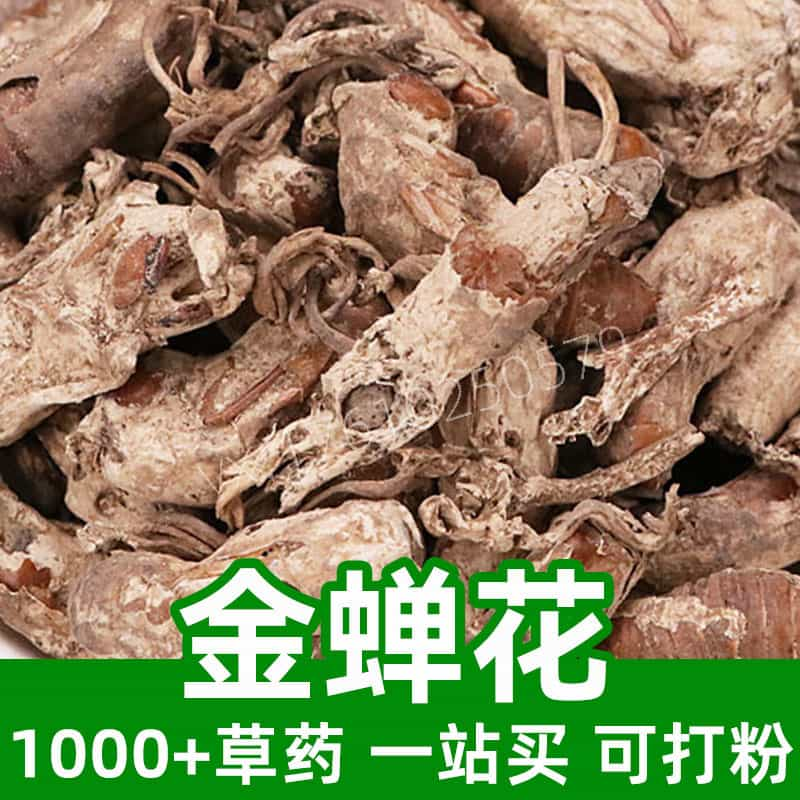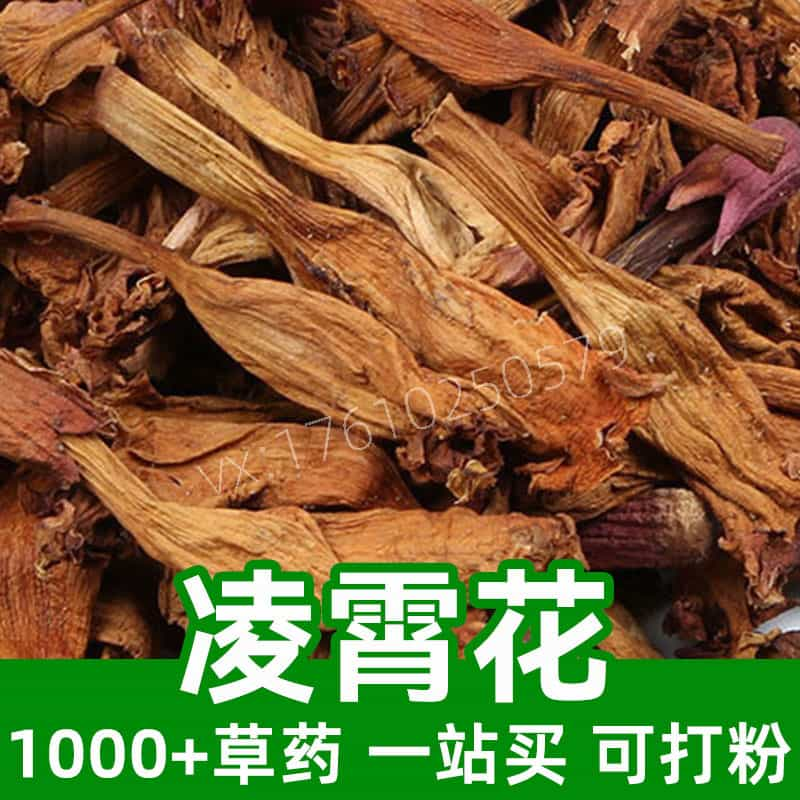Product Introduction
Nutgrass galingale rhizome, also known as Cyperus rotundus, is a significant herb in traditional Chinese medicine (TCM) renowned for its aromatic qualities and various health benefits. Originating predominantly from Asian regions, the plant features rhizomes that are harvested for medicinal and culinary purposes. These rhizomes possess a myriad of active compounds, making them a valuable asset in herbal practices.
The nutgrass galingale rhizome is characterized by its robust growth and ability to thrive in diverse environmental conditions. Its aromatic profile has rendered it popular in both culinary and therapeutic applications. In TCM, this herb is believed to enhance digestive functions, helping to strengthen the spleen and improve appetite. Additionally, the rhizome is acknowledged for its potential benefits in alleviating discomfort related to the gastrointestinal tract.
Nutgrass galingale rhizome can be consumed in various forms including teas, tinctures, and powders, further illustrating its versatility. Its unique taste can enhance many dishes, offering both flavor and potential health advantages. With a storied history of holistic use, nutgrass galingale rhizome continues to be explored in both modern herbal practices and culinary arts.
Main Active Ingredients
Nutgrass galingale rhizome boasts a complex profile of active ingredients, contributing to its efficacy in traditional herbal formulations. The primary components include essential oils that contain phenolic compounds, flavonoids, and terpenes. These compounds are responsible for the herb's aromatic qualities and potential therapeutic properties.
One of the key active ingredients is cyperene, a major constituent of the essential oil that imparts the characteristic aroma of the rhizome. Cyperene is known to have a calming effect and may help support gastrointestinal health. In addition, nutgrass galingale rhizome contains flavonoids, such as quercetin, which are believed to possess antioxidant properties. These antioxidants play a crucial role in neutralizing free radicals, potentially contributing to overall wellness.
Moreover, the presence of glycosides in the rhizome supports its traditional applications for digestive enhancement. Glycosides are compounds known for their ability to affect metabolic processes in the body, making them beneficial in promoting a healthy digestive system.
Tannins, another significant component, contribute to the herb’s astringent properties and may aid in regulating various bodily functions. The combination of these active ingredients makes nutgrass galingale rhizome a potent herbal remedy that has been utilized for centuries in various traditional practices, reflecting its multifaceted benefits and appealing flavor profile.
Product Application Scenarios, Usage, and Dosage
Nutgrass galingale rhizome finds its applications largely in the domains of traditional Chinese medicine and the culinary industry. In TCM, it is primarily used to promote digestive health, enhance appetite, and improve spleen function. The recommended dosage varies depending on the form of administration; however, a typical infusion can be made using 5-10 grams of the dried rhizome per day, steeped in hot water for about 10-15 minutes to create a tea.
For those looking to incorporate nutgrass galingale rhizome into their cooking, its aromatic profile makes it an excellent addition to soups, stews, and rice dishes. Its subtle yet distinctive flavor can elevate simple meals, demonstrating its versatility beyond medicinal use. When using the rhizome in culinary applications, approximately 1-2 grams of the dried form can be utilized to enrich dishes without overwhelming other flavors.
In more concentrated forms, such as tinctures or extracts, users should refer to specific guidelines provided by herbal practitioners or product manufacturers, as the potency can vary significantly. It is essential to note that individual responses to herbal products can differ. Therefore, practitioners often recommend starting with lower doses and gradually increasing them as tolerated.
Overall, the applications of nutgrass galingale rhizome bridge both health and culinary realms, making it a notable herb for those interested in holistic approaches to well-being and flavorful cooking.
Introduction to the Source Plant, Distribution, and Growth Environment
Nutgrass galingale rhizome derives from the plant Cyperus rotundus, commonly referred to as nutgrass or purple nutgrass. This perennial plant thrives in a variety of environments but prefers warm, tropical, and subtropical climates. It is native to regions of Asia, Europe, and Africa, especially prevalent across China and India.
The plant typically grows in clumps and can reach heights of 30-100 cm. It features long, slender, grass-like leaves and is characterized by its underground rhizomes, which are the primary part harvested for use in herbal formulations and cooking. The rhizomes themselves are cylindrical, light brown to dark brown, and have a strong aromatic quality, marking them as distinct and reliable in herbal medicine.
Nutgrass is resilient and often found in disturbed soils, such as near waterways or in agricultural fields, where it thrives in moist, fertile conditions. The spread of nutgrass can sometimes become invasive, leading to challenges in agricultural settings. Cultivation methods focus on managing this robust plant, ensuring that the harvesting of rhizomes does not interfere with its growth cycle.
Ecologically, its hardiness and adaptability enable it to grow in diverse soil types, as long as sufficient moisture is available. As a result, its distribution encompasses a broad range of climates and terrains, allowing for sustainable perennation across various regions, which continues to support its use in traditional medicine throughout different cultures.
Harvesting, Processing, and Storage
The harvesting of nutgrass galingale rhizome is typically done in late autumn or early spring when the plant’s rhizomes are at their peak in nutrient concentration. Skilled harvesters carefully excavate the underground rhizomes using hand tools to minimize damage to the plant and ensure the sustainability of its growth. It is essential to harvest during the right timing to maximize the active components present in the rhizome.
Once collected, the rhizomes undergo cleaning to remove any soil and debris before they are dried for storage. Drying can be achieved through air drying, where rhizomes are placed in a shaded, well-ventilated area, or using low-temperature dryers to preserve the aromatic oils and other active constituents. Proper drying is crucial, as it reduces moisture levels to prevent mold and degradation, preserving the rhizome's medicinal properties.
After drying, quality control processes are conducted to ensure the rhizomes meet specific standards for color, aroma, and active ingredient concentration. This assessment often includes laboratory testing to quantify the levels of essential oils and other functional compounds, guaranteeing the consistency and quality of the product.
For storage, nutgrass galingale rhizomes should be kept in airtight containers, preferably glass or high-quality plastic, and stored in a cool, dark, and dry place to maintain potency. Exposure to light and heat can lead to the degradation of essential oils and the herbal properties, reducing effectiveness over time.
By adhering to proper harvesting, processing, and storage techniques, nutgrass galingale rhizome can maintain its integrity and be available for various applications in both traditional medicine and culinary uses, contributing to its longstanding respected status in herbal practices.
Monica Sun is a seasoned expert in the natural raw materials industry, with over a decade of experience specializing in traditional Chinese medicinal herbs, spices, and fungi. She is skilled in the sourcing, processing, and application of these materials, emphasizing sustainability and innovation. Monica Sun has contributed to the development of high-quality natural raw materials that serve as essential components in functional foods, pharmaceuticals, and cosmetics, delivering tailored solutions to meet diverse market needs.













